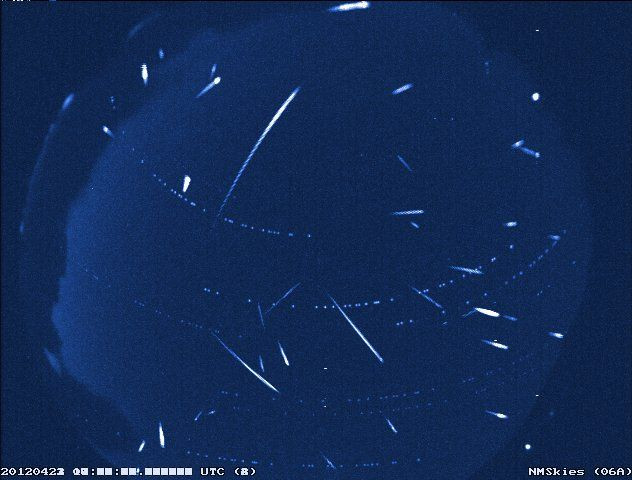Predicted 'Unicorn' Meteor Shower Proved Elusive

Meteor scientists predicted a rare outburst by the alpha Monocertoid meteor shower last week. If the predictions proved to be true, skywatchers would have been treated to the rare “unicorn” meteor shower, but it seems the rarity was elusive once more.
Meteor Shower Prediction
On Nov. 6, meteor scientists Esko Lyytinen and Peter Jenniskens predicted that a good chance of seeing the rare Monocertoid meteor shower, also known as“unicorn” meteor shower, from Nov. 21 to 22, depending on the sky watcher’s location.
The exact time of the outburst was expected to be about 4:50 Universal time (11:50 E.T.), making western Europe and eastern Africa the best places to witness the meteor shower from, although skywatchers in North America and the Atlantic region were also possible witnesses to the rare event.
The meteor scientists even warned anyone who wished to watch the event to not run late at all because the short-lived event that could possibly include up to 400 meteors would likely run from only 15 to 40 minutes, and that they should prepare about an hour before the event is predicted to begin. They were also advised to wear proper clothing for the weather and to be in an open area with a wide view of the sky, preferably away from the city where bright lights could hinder the view.
The experts did note that what they had were mere predictions, and sure enough, the unicorn meteor outburst proved elusive once more. In fact, contrary to the predicted 400 meteors, some people only witnessed a maximum of 15 meteors in locations predicted to witness 75 meteors.
That's not saying the event did not occur at all. However, what skywatchers witnessed was not the hoped-for rare outburst.
Unicorn Meteor Shower
What's mysterious about the unicorn meteor shower is the fact that it comes from the dust trails of a still unknown comet whose meteoroids only intersect the Earth's orbit sometimes, which is why large outburst is quite rare.
That said, the unicorn meteor shower actually happens every year around Nov. 21 to 23 but produces only a few meteors each time. In fact, the only other times that large unicorn meteor shower outbursts were observed were in 1925, 1935, 1985, and 1995.
Of those events, only the 1995 outburst was predicted and all the others were a surprise. Interestingly, the conditions for the unicorn meteor shower this year were actually quite similar to the conditions in 1995 when the hourly meteor rate was at 400.
Although the name “unicorn” also adds to the meteor shower's mystery, it is actually because the radiant point of the meteors is in the Unicorn constellation near Orion the Hunter.
© Copyright IBTimes 2024. All rights reserved.






















